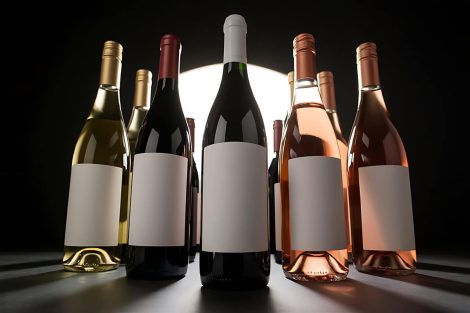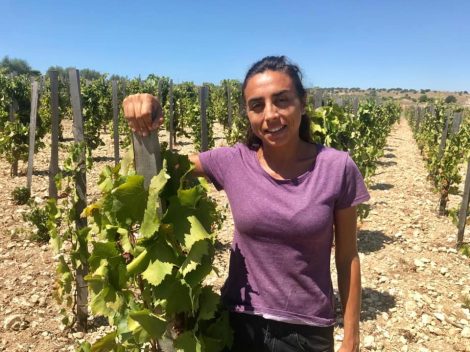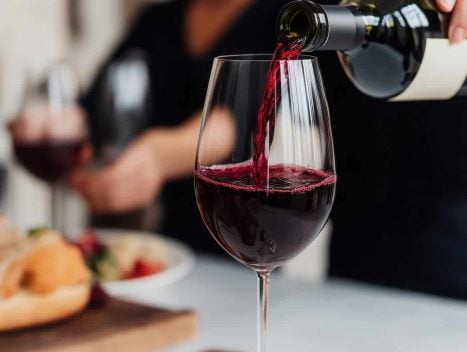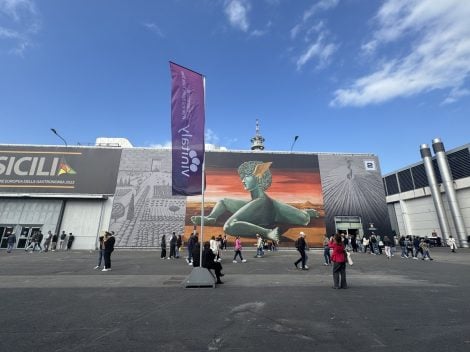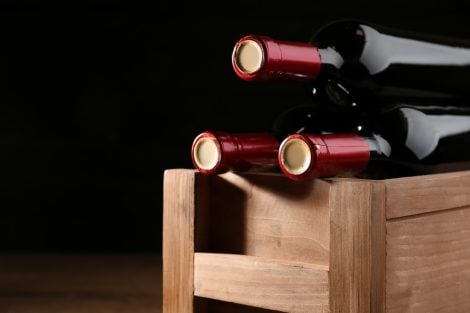"Carmignano, quite something." Edoardo Ceri concludes his speech on the stage of the Auditorium at Teatro Brancaccio in Rome with these words. The Tuscan winemaker is there to receive the 2024 Emerging Winery award for Italian Wines from Gambero Rosso. Direct and without frills, Edoardo, visibly emotional, speaks candidly and passionately in his distinctive Tuscan accent, greeted by the audience with a wave of sincere applause.
Tenuta Ceri is located in Carmignano, in the Comeana area. For Edoardo, it's a recent reality in terms of the territory; its first official harvest was in 2020. However, Edoardo Ceri has been involved in grapes and wine for 11 years. He is already a staunch defender of the identity of this somewhat counter-trend terroir. "If you look at the major Sangiovese denominations in Tuscany," says Edoardo, "where there has been a monovarietal integralism demonizing any contamination in the name of tradition, Carmignano is the antithesis.
For centuries, it has been a territory of inclusion, where the presence of a French variety is accepted and has become part of the naturalness of the wine in this denomination. It's not just an attachment to tradition; it's recognizing that the marriage works, both today and in the past."
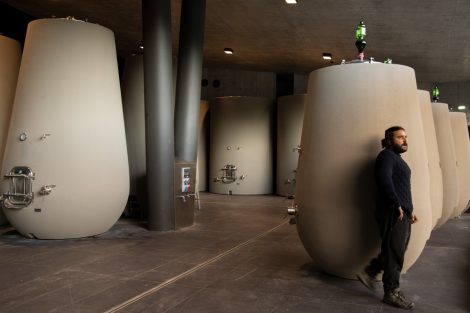
From Grape Sales to Label
But let's go back to the story of Tenuta Ceri. Until about a dozen years ago, the majority of the grapes from the family-owned vineyards went directly to other producers. Only a small part was vinified in-house to have some wine for the family and to share with friends. These were the "vagabond wine years," as Edoardo defines them, as he relied on other wineries, including some Carmignano producer colleagues, for vinification. Then the decision to dedicate full time to the farm, and in a few years, the first gratifications arrived.
The property spans 35 hectares on the Montalbano hills, with 15 hectares dedicated to vineyards, producing around 50,000 bottles per year at the moment.
The Emerging Winery of the Year is a special recognition, a pioneering award that puts you in the spotlight overnight. It is both acknowledgment and encouragement to continue a work and an idea, and it is exciting for both the recipient and the giver. "When I stepped onto that stage in Rome, I felt very small in front of the Italian wine elite," Edoardo recounts a few days after the award. "I wanted to say many things, but emotion held me back. I wanted to talk more about Carmignano, about this fantastic yet often misunderstood and unrecognized territory in both national and international markets. And I wanted to thank my father, to whom I owe this award."
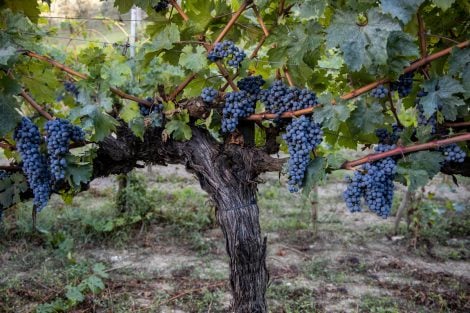
Father and Son: The Yin and Yang of Tenuta Ceri
"I would like to thank my father, Luca, or as we say, 'i’ mi babbo.' First of all, for listening to me when I said, 'Dad, let's not sell the grapes anymore; they are too beautiful. Let's make our own wine.' And then for believing in me and supporting me in this step. It's thanks to him that the project took shape and turned into a winery. A winery that is so big and beautiful, beyond my needs. But that's him. He goes full throttle and always big. He is the yang that points upwards, sees far; I am the yin of Tenuta Ceri, the one who looks down, towards the earth, the hand that prunes and selects the 'femminelle' to be pruned. I also have to acknowledge my father's great tenacity: a long-time architect, he had the patience to deal with all the authorities, follow the permits, the waits, and the thousand other challenges that must be faced to build a winery from scratch."
The Winery and Wines
The winery, designed by Luca Ceri, is located in the center of a large vineyard. It is spacious, with functional and design spaces at the same time. An extensive accommodation structure in the shape of a sail, facing the winery, is currently under construction. Precise choices were made for the winemaking process, focusing on concrete tulips according to the expertise and sensitivity of the winemaker Alberto Antonini. "He is not just a great professional; he is also a friend and, why not, even a fine psychologist. I often call him when I'm discouraged or frightened, and he always finds comforting words first and then suggestions as a competent technician. For us, he is much more than a renowned consultant."
Five wines were reviewed in the 2024 Guide, standing out for style, precision, and territoriality. The Carmignano Rigoccioli was presented in two vintages, '20 and '21: the first is slim and elegant, with prominent red fruits; the '21 is creamy with sweet and progressive tannins, despite its youth, revealing excellent balance. Barze '20, an IGT mostly Cabernet Sauvignon, stands out for its richness, density, and smoothness, closing with a mentholated vein that extends its persistence. Slightly more rustic is the Barco Reale Barbocchio '22, with a still untamed citrine energy. However, it is the Carmignano Riserva L’Arrendevole 2020 that impressed everyone in the panel: "This wine goes to the final!"
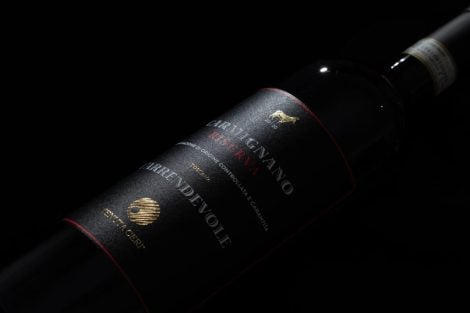
L’Arrendevole '20: Tre Bicchieri for the Reserve
The re-tasting of Carmignano Riserva L’Arrendevole 2020 a couple of months later awarded Tre Bicchieri for this flavorful and harmonious wine. It stands out for its diluted and bright color, an extremely current version of the denomination that competes with finesse of aromas, a pulpy and smooth sip, and great depth. L’Arrendevole is produced with Sangiovese grapes married to 10% Cabernet Sauvignon, following the Carmignano tradition. It is vinified in a truncated cone oak vat and aged for 12 months in large barrels. Its name takes inspiration from the Arrendevole road that borders the vineyard, so steep that it discouraged or forced travelers to stop and catch their breath in the past. "We attribute the opposite value to this name: producing quality wine without ever giving up in the face of difficulties and unforeseen events. We did not expect to receive such awards in such a short time. These are prizes for our commitment but also for our territory. We are a young company that has been welcomed from the beginning with enthusiasm by other Carmignano producers, and we want to contribute in quality so that there is more attention and interest in this denomination."
Carmignano: History and Territory
Carmignano is an area with ancient winemaking traditions. In the 1700s, Grand Duke Cosimo III de’ Medici identified it as one of the 4 areas with a viticultural vocation in the Grand Duchy of Tuscany, in the famous edict of 1716. This regulation, governing the production, geographical limits, and trade of wines in these areas, effectively set the first rules for a wine "doc" in the world. The presence of Cabernet, or "French grape" as the locals still call it, in Carmignano's grape blend has been documented for over five centuries. It is said to have arrived in these hills at the behest of Catherine de’ Medici, then the queen of France. In the current Carmignano DOCG regulations, in addition to Sangiovese, the presence of Cabernet (Sauvignon or Franc, alone or together) is mandatory, ranging from 10 to 20 percent.
Carmignano is a small denomination north of Florence, with just over 200 hectares of vineyards worked by 13 producers focused on producing "niche" wines. These wines are a clear and beautiful expression of a highly-vocated territory, where Sangiovese shines alongside Cabernet, naturalized on these hills. Sangiovese does not lose visibility, neither to the eye nor the palate, not at all overshadowed by the strength of its international cousin. Instead of covering up some traits, Cabernet elevates Sangiovese, emphasizing its fruity aspect and certain fresh balsamic qualities, giving it a broad breath and paradoxically lightening it. And last but not least, it contributes to the proverbial longevity of Carmignano wines.
Edoardo Ceri is a new interpreter of Carmignano, a son of this land who believed in this land, just like the other producers of this jewel denomination in Tuscany. Bold and aware of the quality of Carmignano wines, they are regularly rewarded by critics. And now, another important and well-deserved award arrives today.
by Sabrina Somigli

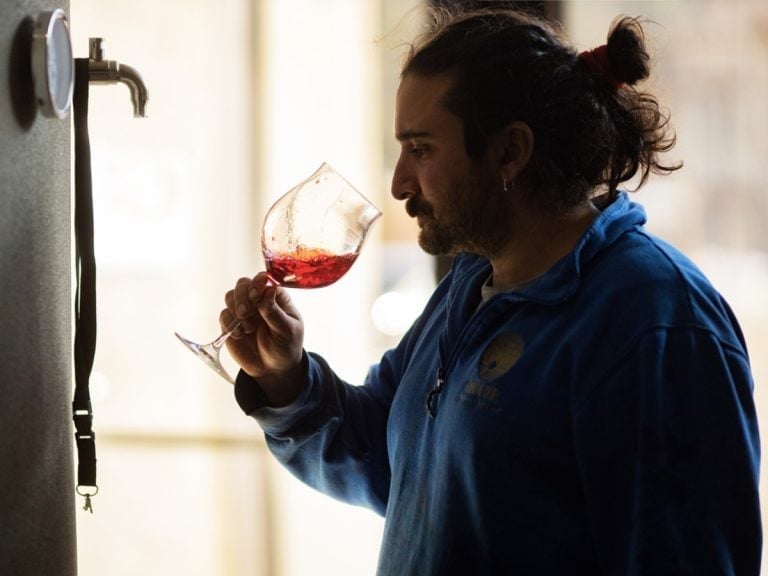
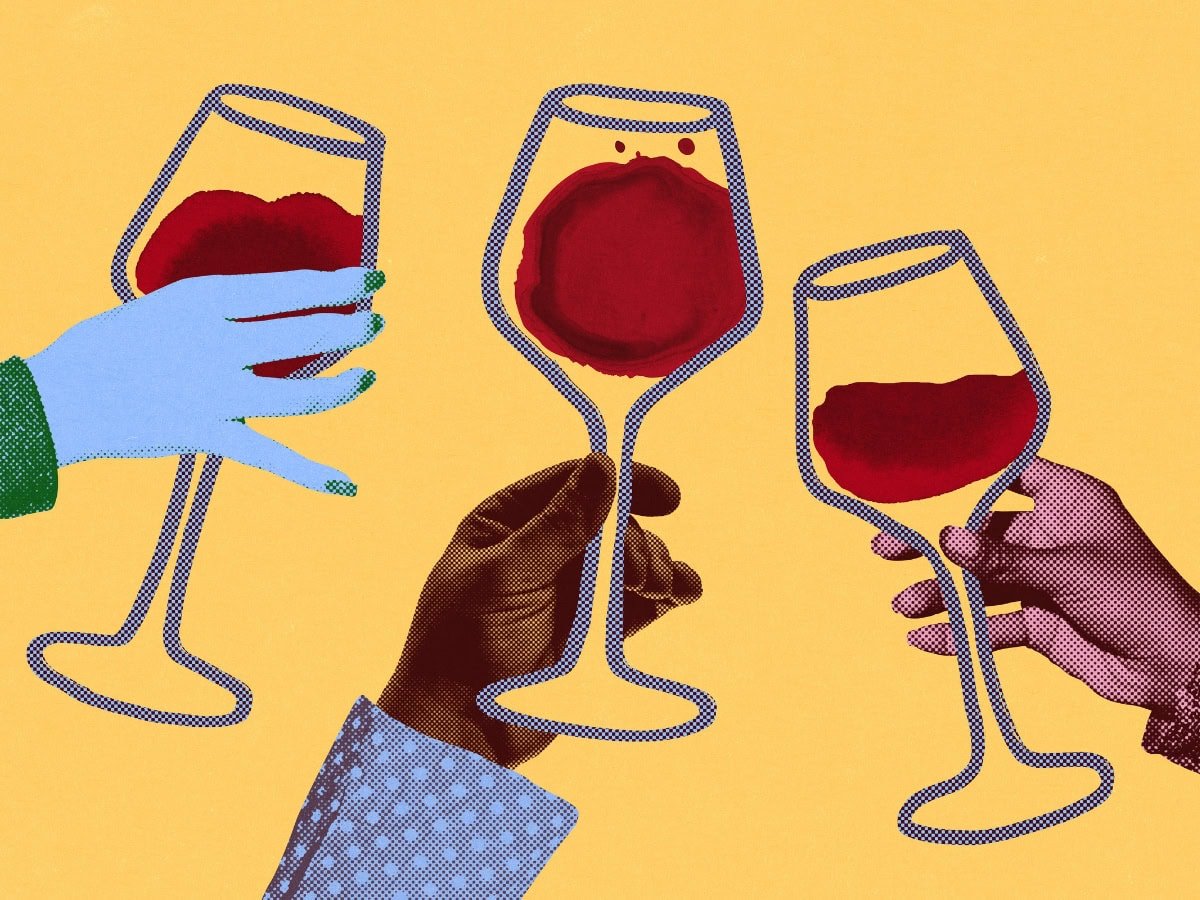 Fewer bottles, more by-the-glass: how to build the wine list of the future
Fewer bottles, more by-the-glass: how to build the wine list of the future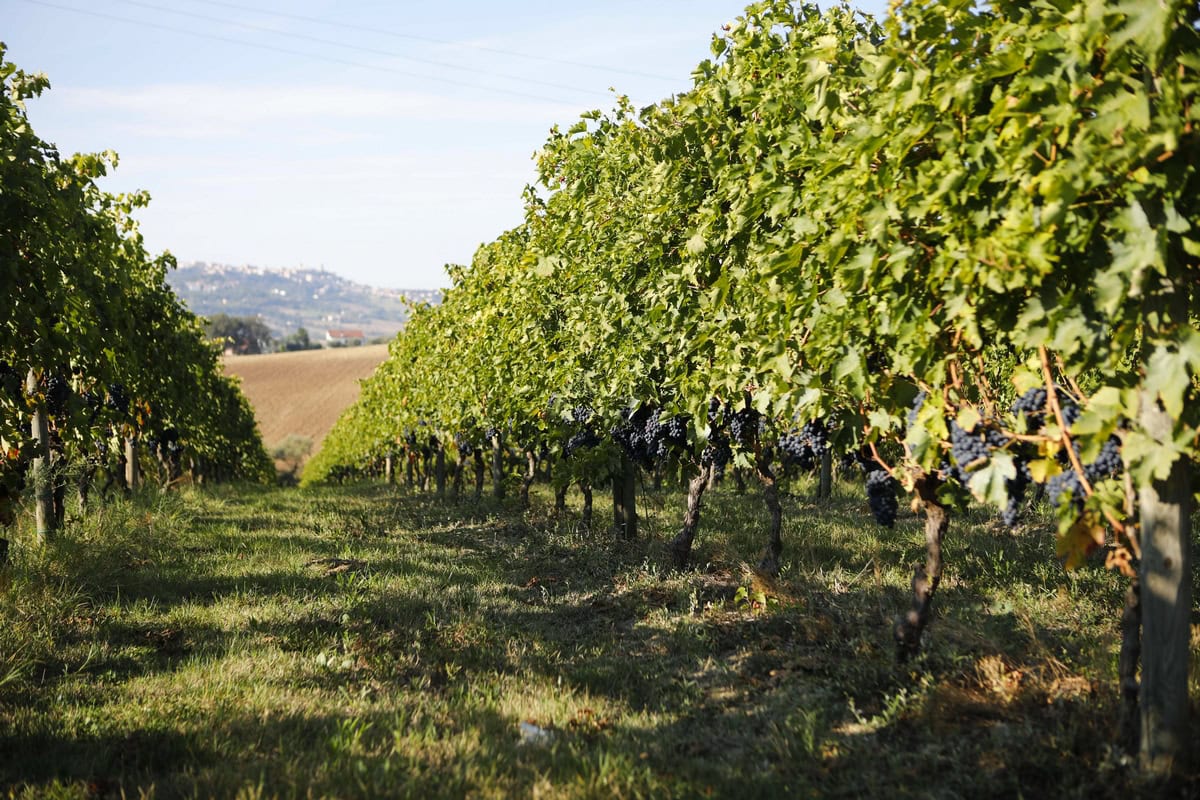 The Moncaro collapse impacts Marche wines. But average price rises
The Moncaro collapse impacts Marche wines. But average price rises Trump’s first trade war cost Americans $27 billion. USDA analysis
Trump’s first trade war cost Americans $27 billion. USDA analysis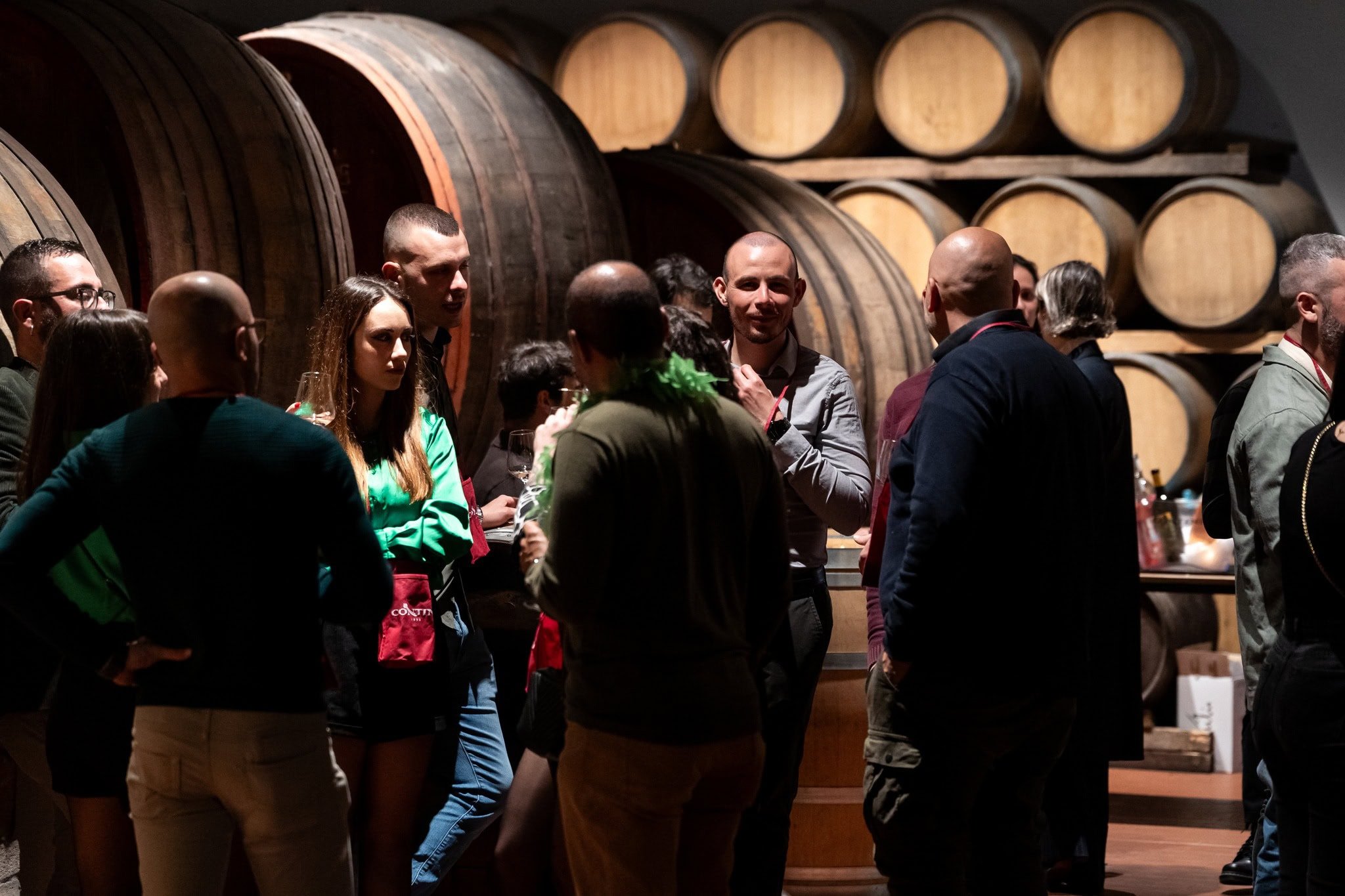 Here are ten Rare Wines you absolutely must try
Here are ten Rare Wines you absolutely must try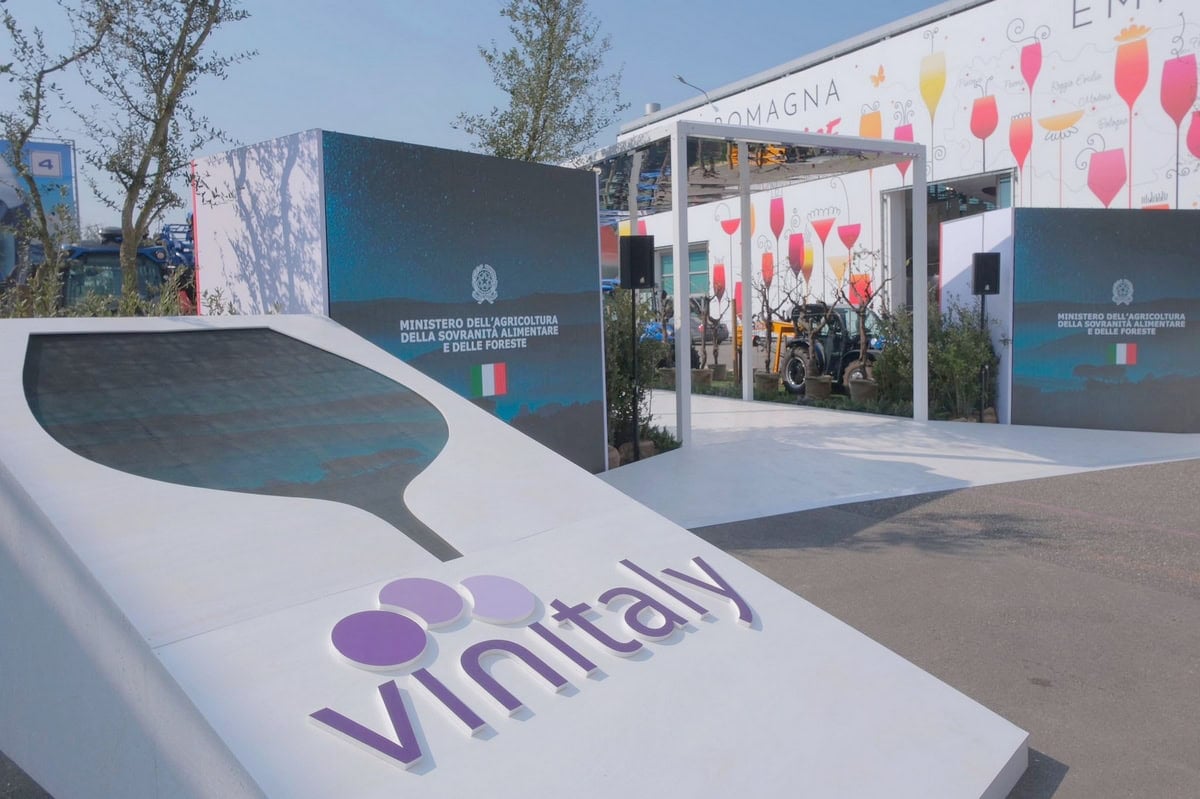 The “Tariff Vinitaly” closes with 97,000 attendees: one third from abroad. See you on 12 April 2026
The “Tariff Vinitaly” closes with 97,000 attendees: one third from abroad. See you on 12 April 2026
